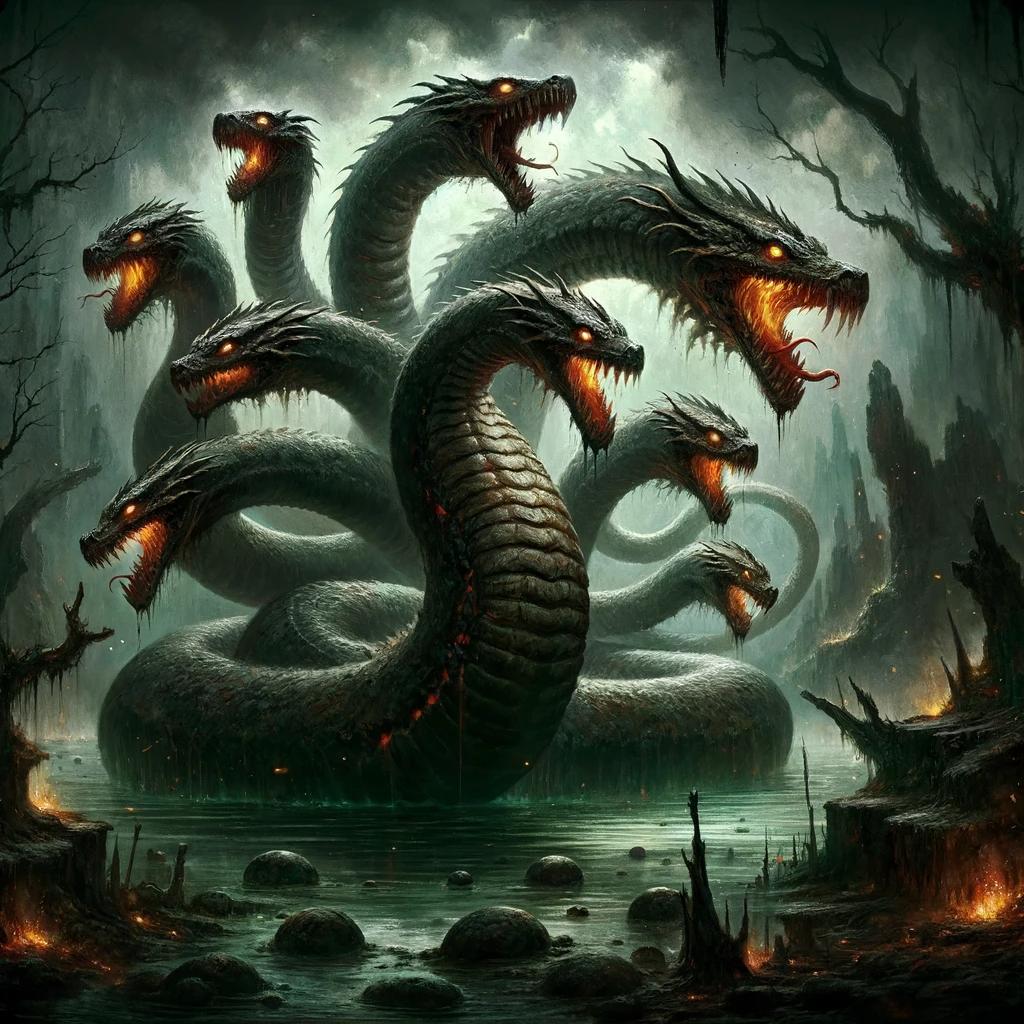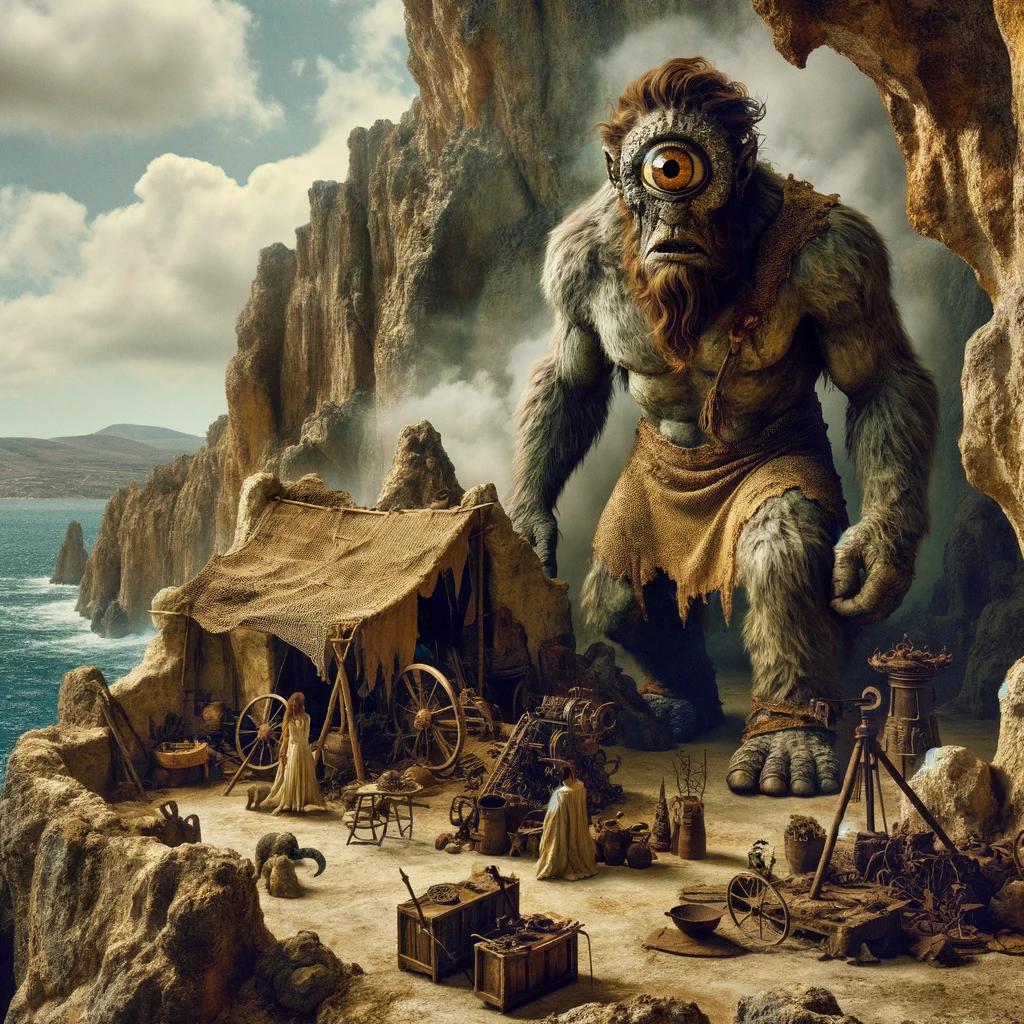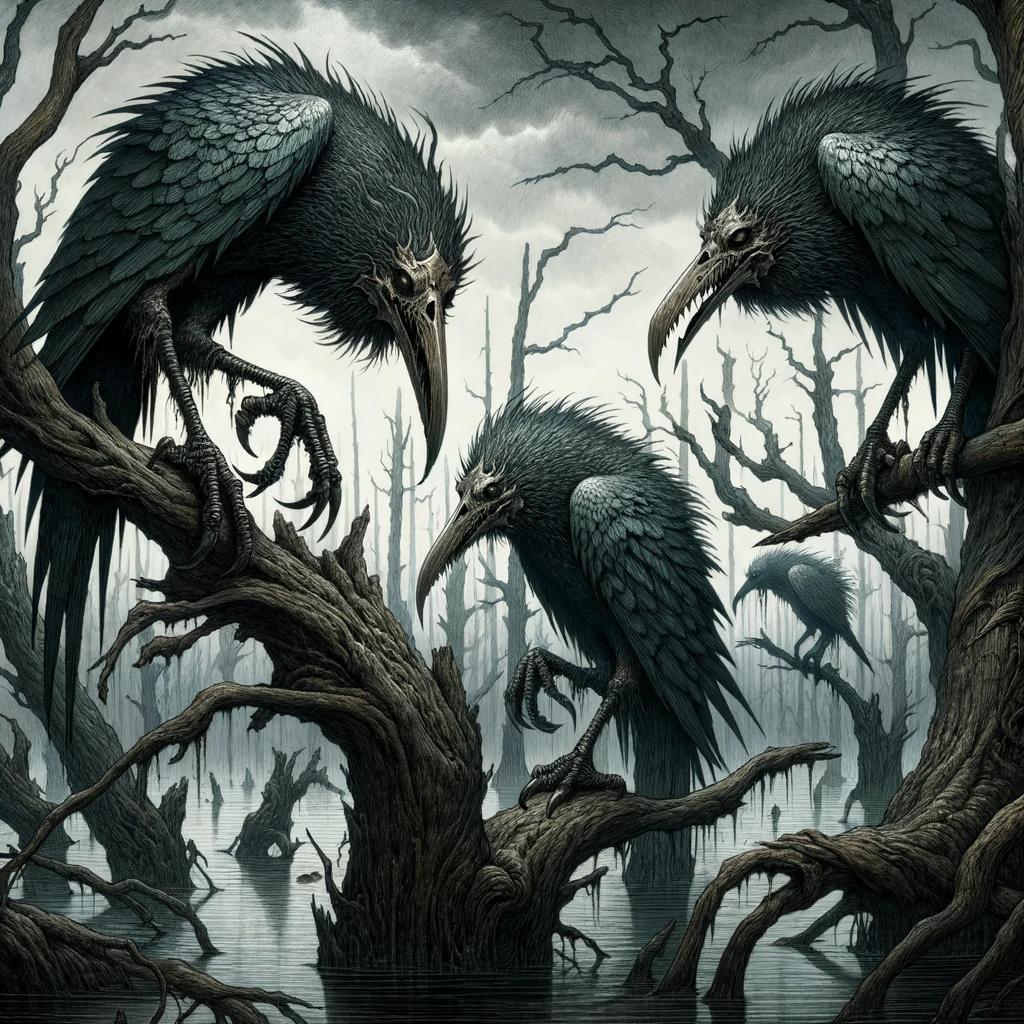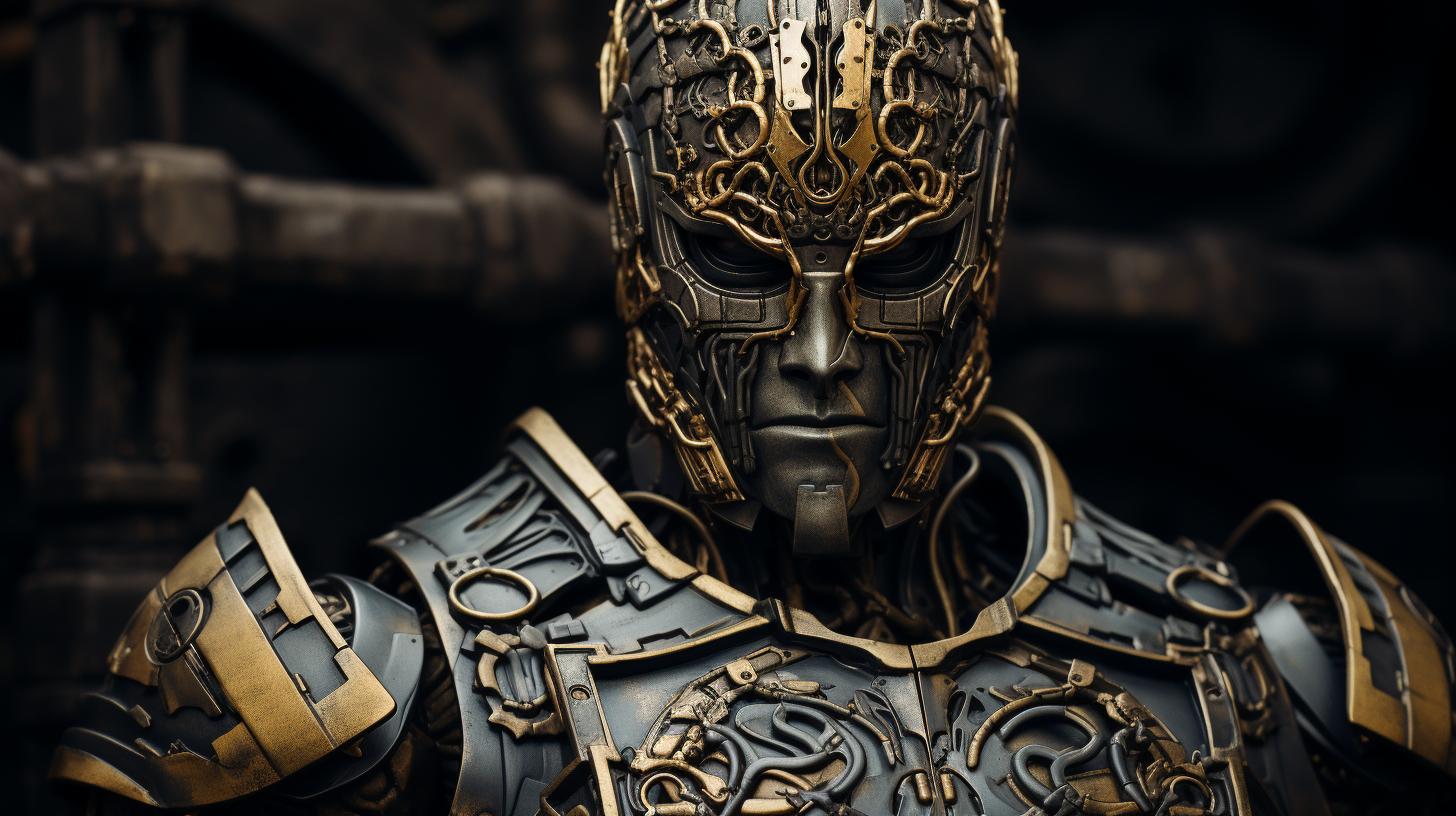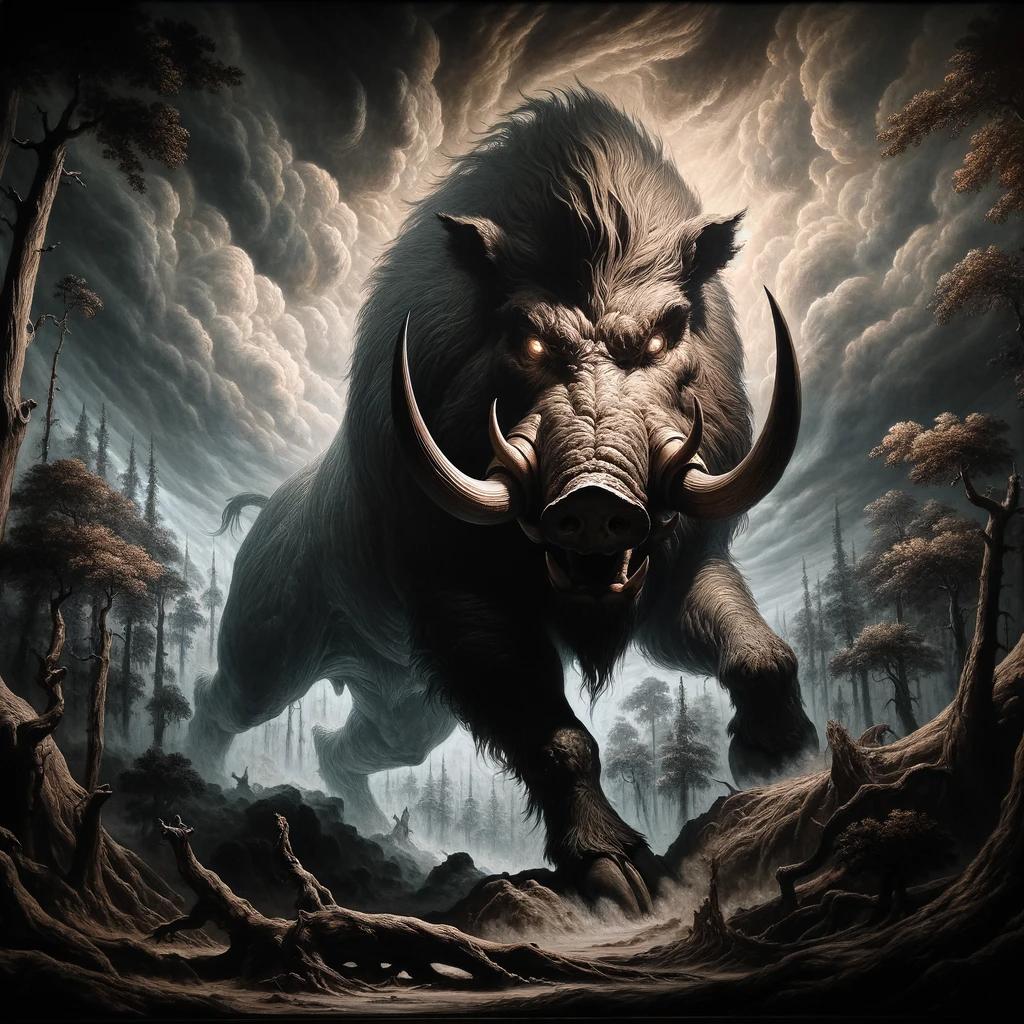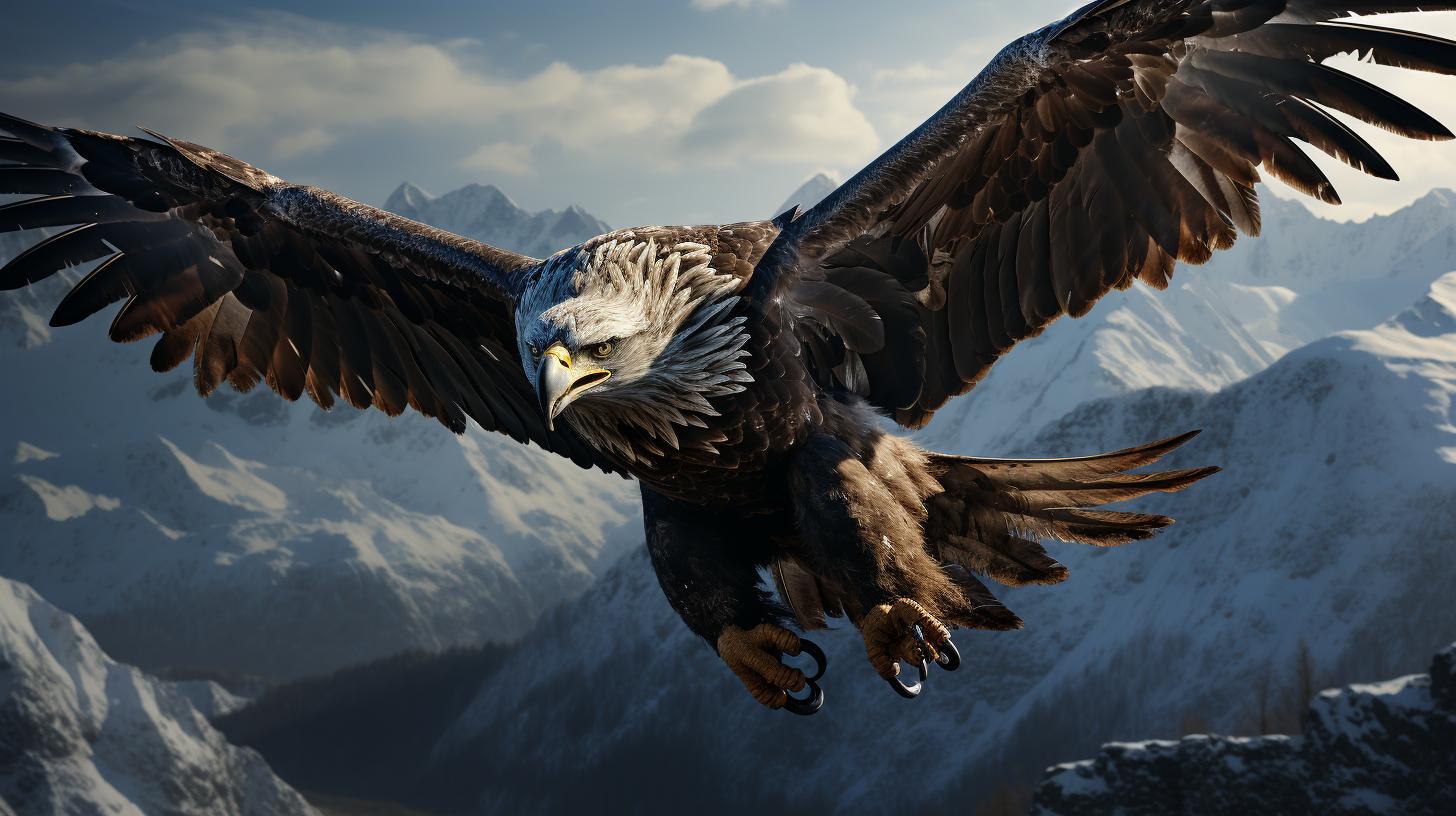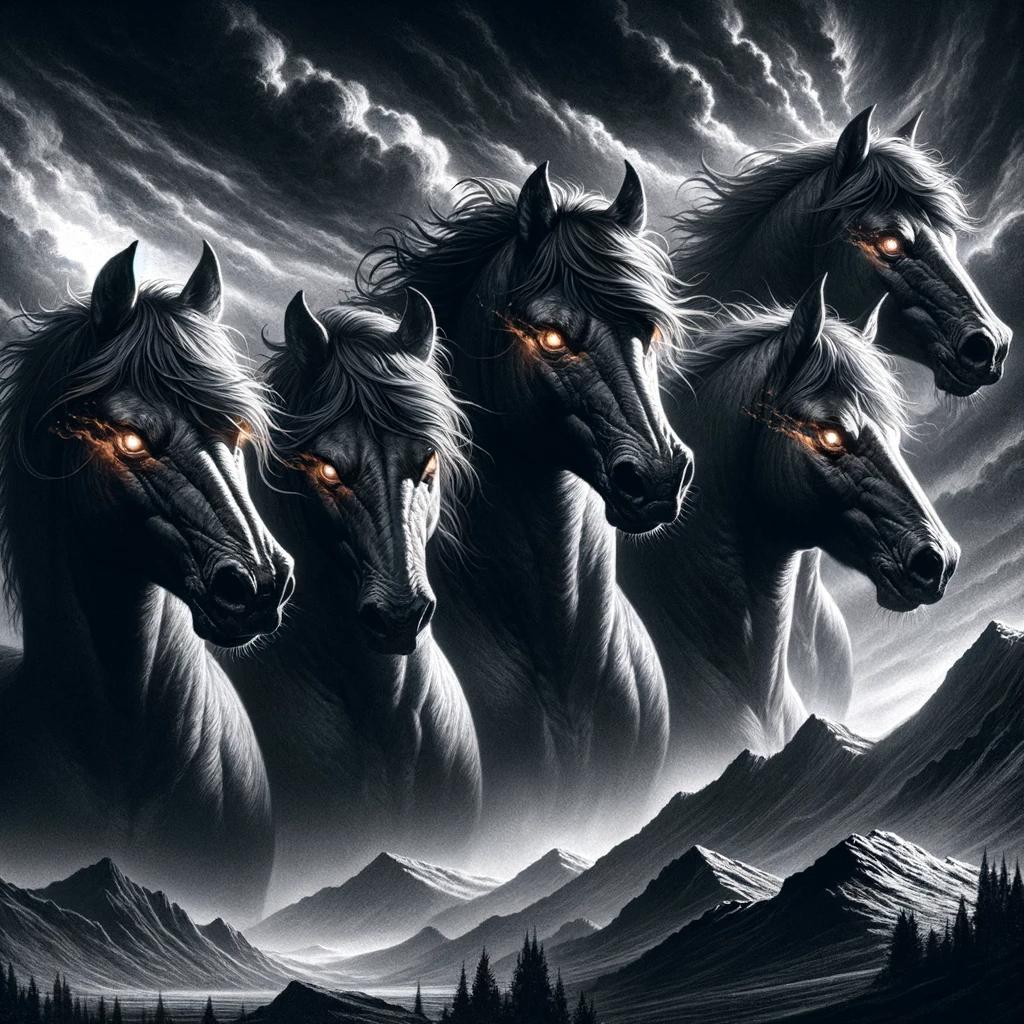Unveiling the Mythical Wonders of the Ceryneian Hind in Greek Mythology
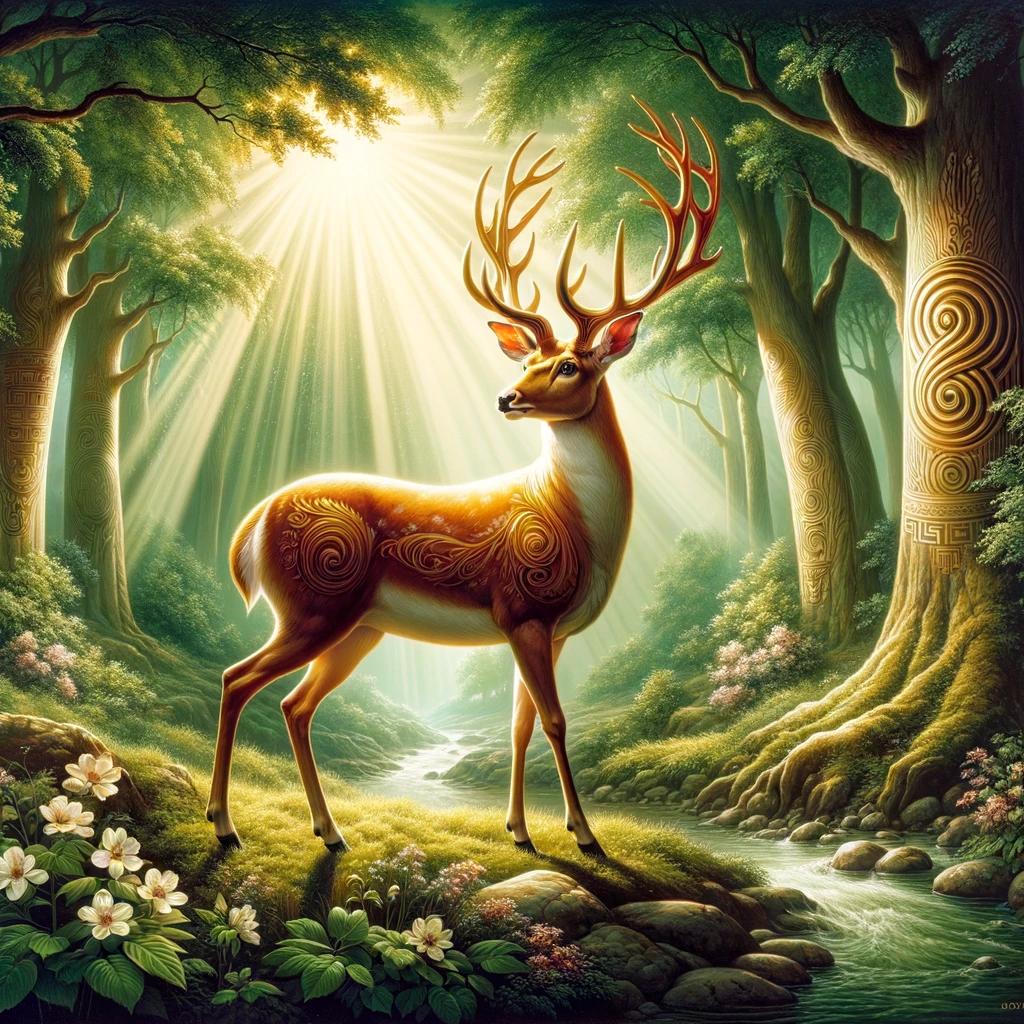
The Ceryneian Hind holds a prominent place in Greek mythology, particularly as a sacred animal to the goddess Artemis. With its majestic size and golden horns, it captured the reverence of the ancient Greeks.
Its capture became one of Heracles’ renowned Twelve Labors, challenging his bravery and skill. Artworks from ancient times depict the epic struggle between Heracles and the hind, capturing its beauty and magnificence.
Various literary sources highlight the enduring mythical significance of the Ceryneian Hind. Its legacy lives on, influencing contemporary art, literature, and popular culture. The allure of this mythical creature remains fascinating to this day.
The Mythological Significance of the Ceryneian Hind
The Ceryneian Hind holds great mythological significance in Greek mythology, particularly as a sacred animal to the goddess Artemis. Its role in the mythos revolves around its revered status and the symbolism of its golden horns.
Role of the Ceryneian Hind as a sacred animal to the goddess Artemis
The Ceryneian Hind was dedicated to Artemis by the nymph Taygete, who sought the protection of the goddess from Zeus. As one of the five golden-horned deer that pulled Artemis’ chariot, the hind held a special place in Artemis’ divine entourage.
Its association with the goddess highlights its elevated status and connection to the realm of the divine.
Symbolism of the golden horns and the revered status of the hind
The hind’s golden horns served as a powerful symbol of its uniqueness and beauty. These exceptional attributes contributed to its revered status in Greek mythology. The golden hue represented divine qualities and bestowed a sense of awe upon those who encountered the hind.
Its majestic appearance made it a creature worthy of admiration and respect, reinforcing its elevated position in the mythological hierarchy.
Possible constellation association in Greek mythology
Given its significance and sacred status, there is speculation that the Ceryneian Hind may have been immortalized in the night sky as a constellation. Like other mythological creatures and heroes, the hind could have potentially been honored with its own celestial representation.
Although specific details are not mentioned in the available sources, the notion of its possible constellation association adds an extra layer of mystery and celestial intrigue to its mythological narrative.
The Twelve Labors of Heracles: The Capture of the Ceryneian Hind
The mythological tale of the Ceryneian Hind is intrinsically linked to the twelve labors assigned to the hero Heracles. These labors were a series of arduous tasks that aimed to test his strength, endurance, and valor.
One of these tasks involved the capture of the Ceryneian Hind, which proved to be a formidable challenge for Heracles.
Background on Heracles’ legendary Twelve Labors
Heracles, renowned for his exceptional strength and divine lineage, was condemned by the gods to complete twelve difficult labors as punishment for killing his wife and children in a fit of madness.
These labors were meant to serve as acts of redemption and atonement for his heinous crime.
Description of Heracles’ mission to capture the Ceryneian Hind
Tasked with capturing the Ceryneian Hind alive, Heracles embarked on a perilous journey to track down the elusive creature. He traversed vast landscapes, ventured into dense forests, and ascended treacherous mountains in his relentless pursuit.
Armed with determination and unparalleled strength, Heracles pursued the hind tirelessly, determined to fulfill his assigned labor.
The challenges faced by Heracles during the pursuit and capture
The Ceryneian Hind, renowned for its incredible speed and agility, posed numerous challenges for Heracles. Its swift movements and elusive nature made it difficult for him to approach and capture the hind.
Heracles had to overcome obstacles such as steep terrain, impassable rivers, and dense vegetation, all while keeping track of the elusive creature. However, despite the hind’s ability to outpace and evade him, Heracles remained resolute in his mission, employing his cunning and unyielding determination.
Depictions in Ancient Art
Exploration of ancient artworks portraying the Ceryneian Hind and Heracles
The captivating tale of the Ceryneian Hind and its epic struggle with Heracles has been immortalized in various forms of ancient art.
Through paintings, mosaics, and sculptures, artists throughout history have sought to capture the intensity and beauty of this legendary encounter.
Analysis of paintings, mosaics, and sculptures that illustrate the epic struggle
Artworks depicting the Ceryneian Hind and Heracles showcase the hero’s determination and the hind’s majestic presence.
These visual representations often emphasize the strength, speed, and grace of both characters, with intricate details bringing the myth to life.
Paintings capture the dynamic nature of the pursuit and the intensity of the battle between Heracles and the hind.
Mosaics, with their intricate designs and vibrant colors, provide a mosaic-like glimpse into the mythical world, showcasing the hero’s struggle to capture the elusive creature. Sculptures, with their three-dimensional form, allow viewers to appreciate the physicality and power of both Heracles and the Ceryneian Hind.
Appreciation of the artistic representation’s beauty and significance
These ancient artworks serve as a testament to the enduring influence of the Ceryneian Hind in Greek mythology and culture. They not only capture the physical attributes and action of the iconic struggle but also convey the symbolic and spiritual significance of the Hind as a revered creature in the epic narratives of ancient Greece.
Appreciating the beauty and artistic skill behind these depictions allows us to connect with the myth on a deeper level and gain insight into the cultural values and beliefs of the time.
The artistry behind the representations enhances our understanding of the Ceryneian Hind’s importance in Greek mythology and the enduring allure of this captivating creature.
- Paintings vividly depict the pursuit and the heroic struggle
- Mosaics provide mosaic-like glimpses into the myth’s world
- Sculptures showcase the physicality and power of the characters
Literary Sources and Variations
In exploring the Ceryneian Hind in Greek mythology, numerous literary sources shed light on its significance and variations.
These texts provide valuable insights into the story and contribute to our understanding of the mythological creature.
Overview of different literary sources mentioning the Ceryneian Hind
Various ancient authors have referenced the Ceryneian Hind in their works, showcasing the widespread popularity of this mythological creature. Pseudo-Apollodorus, Callimachus, Diodorus Siculus, Quintus Smyrnaeus, Aelian, Pseudo-Hyginus, and Seneca are among those who provide accounts of the hind and its capture by Heracles.
Examination of textual variations and their consistency in essential details
While different authors highlight specific aspects of the Ceryneian Hind’s story, essential details remain consistent across these sources.
The hind’s sacred status to Artemis, its golden horns, and Heracles’ pursuit and capture of the creature are recurring themes. Textual variations exist in the portrayal of specific events and interactions, offering diverse perspectives on this mythological tale.
Analysis of the works of Pseudo-Apollodorus, Callimachus, Diodorus Siculus, Quintus Smyrnaeus, Aelian, Pseudo-Hyginus, and Seneca
The works of Pseudo-Apollodorus, Callimachus, Diodorus Siculus, Quintus Smyrnaeus, Aelian, Pseudo-Hyginus, and Seneca provide invaluable insights into the Ceryneian Hind myth. These authors offer different interpretations and nuances, collectively adding depth to the overall narrative.
By examining their accounts, we can gain a comprehensive understanding of the significance and cultural impact of the hind within Greek mythology.
As we delve into the literary sources and variations surrounding the Ceryneian Hind, we uncover a rich tapestry of storytelling that has shaped our perception of this mythical creature.
From the diverse accounts provided by ancient authors to the consistent themes that permeate these texts, the Ceryneian Hind’s legend continues to captivate and intrigue, leaving its mark on Greek mythology for centuries to come.
The Legacy of the Ceryneian Hind
The Ceryneian Hind holds a significant place in Greek mythology and cultural heritage, leaving a lasting impact on society and artistic expressions.
Impact of the Ceryneian Hind in Greek mythology and cultural heritage
The Ceryneian Hind’s portrayal as a sacred and revered animal to Artemis adds depth to the mythology.
Its association with the goddess emphasizes concepts of purity, grace, and wilderness, shaping the Greek understanding of divinity, nature, and the role of women in society.
Continued fascination with the creature in contemporary times
The allure of the Ceryneian Hind persists even in modern times.
Its mythical qualities and the heroic feat of Heracles have captivated the imagination of people, igniting curiosity and fascination. The legend continues to inspire fictional works, movies, and even video games, keeping the legacy alive.
Consideration of the enduring influence in literature, art, and popular culture
The legacy of the Ceryneian Hind extends beyond mythology. It has become a literary and artistic symbol, representing strength, beauty, and overcoming challenges. Numerous paintings, sculptures, and literary works pay homage to the heroic struggle between Heracles and the hind, ensuring its cultural relevance throughout history.
Recap of the significance and allure of the Ceryneian Hind in Greek mythology
The Ceryneian Hind stands as a testament to the courage and skill of Heracles and the sacred bond between Artemis and her worshippers. Its golden horns, swift speed, and mythical status contribute to its allure, leaving a lasting impression on those who encounter its story.
Reflections on the enduring appeal of this mythical creature
The enduring appeal of the Ceryneian Hind lies in its embodiment of the divine and the extraordinary. Its depiction in ancient art and literature continues to inspire awe and wonder, reminding us of humanity’s timeless fascination with mythical creatures and the enduring power of myth.
.












